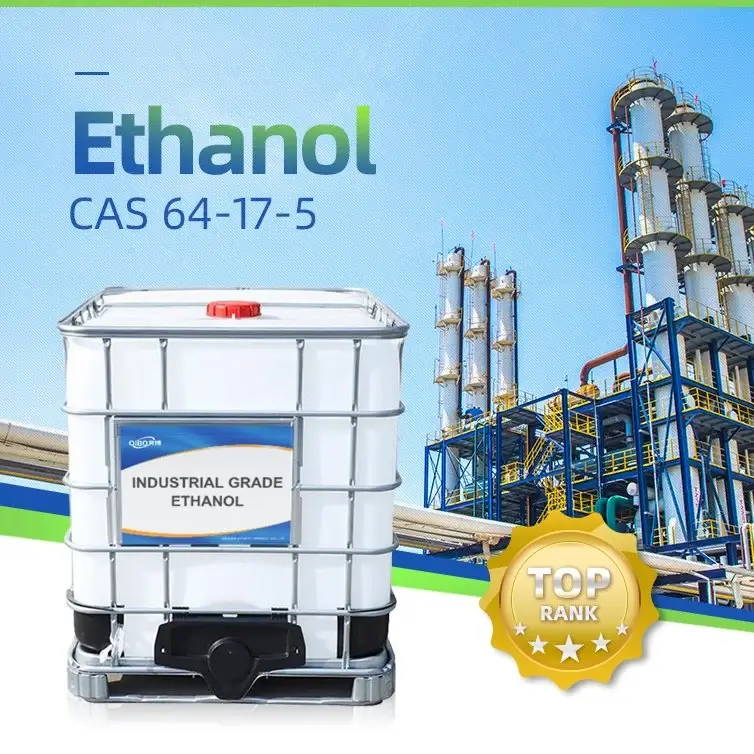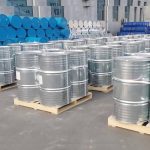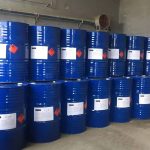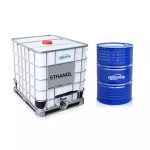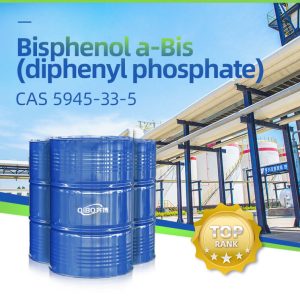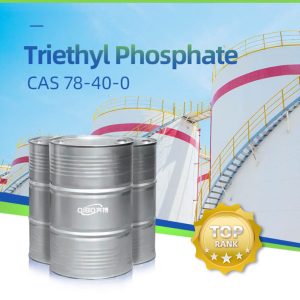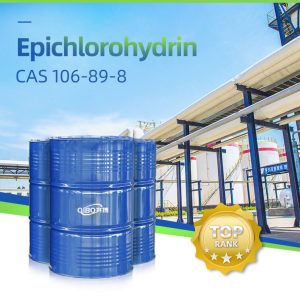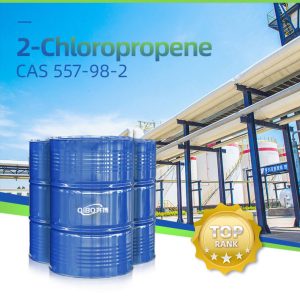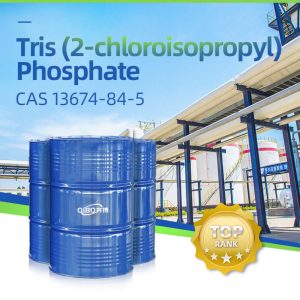
PROUDCTS
Home » PRODUCT » Alcohol&Ether » Ethanol
Product introduction
| CAS NO. | 64-17-5 | Formula | C2H5OH |
| EINECS NO. | 200-578-6 | Vapor pressure | 5.333 kPa(19 ℃) |
| Melting point | -114.1 ℃ | HS CODE | 22071000 |
| Boiling point | 78.3 ℃ | CLASS | 3 |
| Density | 0.7893 g/cm³ | UN NO. | 1170 |
| Appearance | Colorless transparent liquid with aromatic smell | Refractive index | 1.3611(20 ℃) |
| Flash point | 14.0 ℃ (closed cup); 21.1 (open cup) | Solubility | Miscible with water, miscible with most organic solvents such as ether, chloroform, glycerol and methanol |
Ethanol is a kind of organic compound, whose structural formula is CH3CH2OH or C2H5OH and molecular formula is c2h6o, commonly known as alcohol.
Under normal temperature and pressure, ethanol is a volatile colorless transparent liquid with low toxicity. Pure liquid cannot be directly drunk. The aqueous solution of ethanol has a wine smell, slightly irritating and sweet taste. Ethanol is flammable and its vapor can form explosive mixture with air. Ethanol can be miscible with water in any ratio, and can be miscible with chloroform, ether, methanol, acetone and most other organic solvents.
Ethanol can be used to produce acetic acid, beverages, essence, dyes, fuels, etc. in medical treatment, ethanol with a volume fraction of 70% ~ 75% is commonly used as a disinfectant. Ethanol is widely used in chemical industry, medical and health, food industry, agricultural production and other fields.
Storage method:
Store in a cool and ventilated warehouse. Keep away from kindling and heat source. The storage temperature should not exceed 30 ℃. Keep container sealed. It shall be stored separately from oxidants, acids, alkali metals, amines, etc. and mixed storage is prohibited. Explosion proof lighting and ventilation facilities shall be adopted. It is prohibited to use mechanical equipment and tools that are easy to generate sparks. The storage area shall be equipped with leakage emergency treatment equipment and appropriate storage materials.
Environmental hazards
Hazard: volatile, flammable and irritating. Its vapor is mixed with air to form explosive gas. When encountering high heat and open fire, it can burn or explode. It reacts violently with oxidizing agents such as chromic acid, calcium hypochlorite, hydrogen peroxide, nitric acid, silver nitrate and perchlorate, and there is a risk of combustion and explosion. In the fire site, the heated containers are in danger of explosion. Its vapor is heavier than air, and can diffuse to a relatively far place at a lower place. It will ignite in case of open fire.
Health hazard
Invasion route: inhalation, ingestion and percutaneous absorption.
Health hazard: This product is an inhibitor of the central nervous system. It causes excitement first and then inhibition.
Acute poisoning: acute poisoning usually occurs by oral administration. Generally, it can be divided into four stages: excitation, hypnosis, anesthesia and asphyxia. The patient enters the third or fourth stage, with loss of consciousness, pupil enlargement, irregular breathing, shock, cardiac circulatory failure and respiratory arrest.
Chronic effects: long term exposure to high concentration ethanol during production may cause nasal, ocular and mucosal irritation symptoms, headache, dizziness, fatigue, agitation, tremor, nausea, etc. Chronic alcoholism can cause polyneuropathy, chronic gastritis, fatty liver, liver cirrhosis, myocardial damage and organic psychosis. Long term skin contact may cause dryness, scaling, chapping and dermatitis.
Ethanol use
Hazard prevention
Engineering control: closed operation and enhanced ventilation.
Respiratory system protection: generally, no special protection is required. Filter type gas mask (half mask) can be worn in case of high concentration contact.
Eye protection: wear chemical safety glasses.
Body protection: wear anti-static adhesive tape and gas clothing.
Hand protection: wear general protective gloves (rubber gloves).
Other protection: shower and change clothes after work. Keep good hygiene habits.
Emergency disposal
Leakage: evacuate the personnel in the leakage contaminated area to the safe area quickly, isolate and strictly restrict the access. Cut off the fire source. It is recommended that emergency treatment personnel wear self-contained positive pressure respirators and fire protection clothing. Cut off the leakage source as much as possible to prevent it from entering the restricted space such as sewer and flood drainage ditch.
Small leakage: absorb or absorb with sand or other non combustible materials. It can also be flushed with a large amount of water, which is diluted and then put into the waste water system.
Large amount of leakage: build a dike or dig a pit for storage; Cover with foam to reduce steam disaster. Transfer to tank car or special collector with explosion-proof pump for recycling or transport to waste disposal site for disposal.
Fire extinguishing method: insoluble foam, dry powder, carbon dioxide and water mist.


